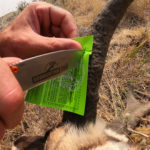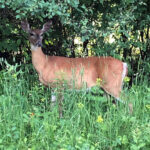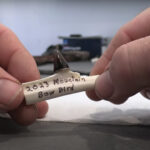LAST UPDATED: October 26th, 2021
The early season is gone, and the pre-rut is here. Bucks are changing their behavior. It’s certainly not the rut, but things are a little different now. Let’s dig in.
Understand the Dynamic
Basically, the pre-rut is the early season on steroids. Food is still king. Bucks are still holding tight to their patterns. However, testosterone levels are rising, and it’s starting to show. Rubs and scrapes are appearing in good numbers now, beginning the countdown to the madness to come within the next three to five weeks.
But don’t get too excited, while the oddball doe might breed in October or early November, for most of the country (southern states excluded), the bulk of does won’t breed until November 10-20. Until then, stay poised for the big show, but don’t pull out your rut playbook just yet.
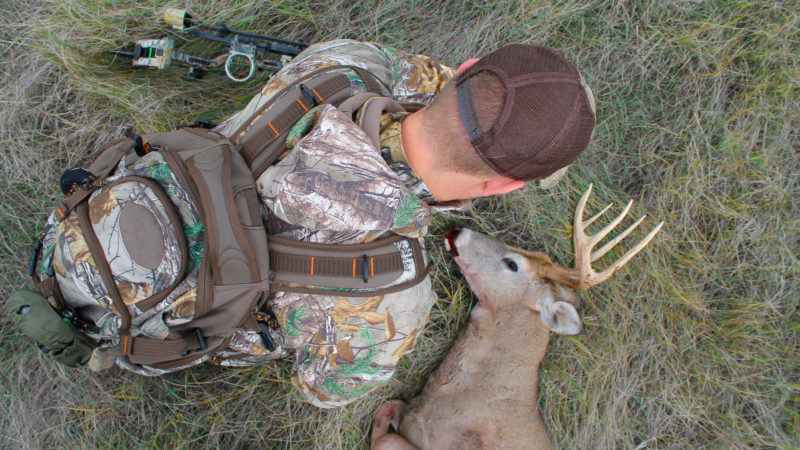
Continue the Recon
Scouting is still important. Glass big fields from afar. That’s not always possible, but it can pay off if you watch a buck leave a food source and head back to bed.
That’s valuable, real-time information applicable to the afternoon hunt. Chances are good it’ll head back to the food in relatively the same manner it left it. Keep running those trail cams, too. These are generally best suited along food sources entry and exit routes, but that’s slowly changing.
Food is a good bet for cams all season long, but now, don’t overlook scrapes or mock scrapes. These are solid ways to take inventory and help pattern deer. For those who prefer aggressive approaches, don’t overlook trails that lead out of bedding areas, either.
If that’s too much for you, perhaps back off and post them in staging areas instead. That said, unless you have limited time to hunt, or you have bullet-proof wind, entry and exit, the right play is usually the more conservative one.
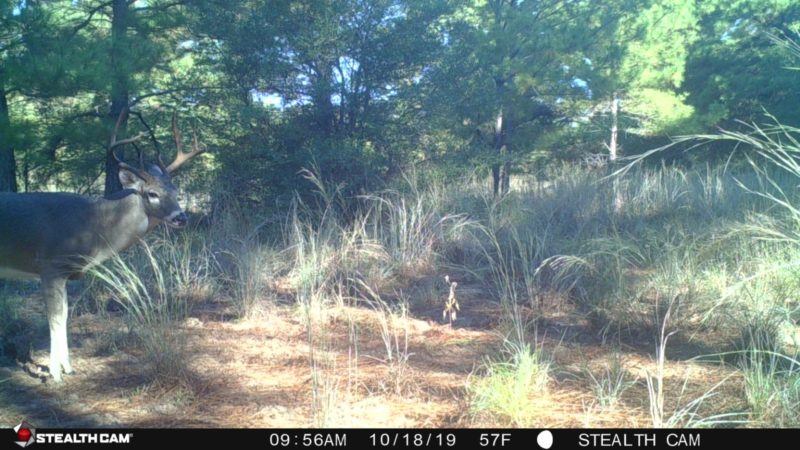
Follow the Patterns
As stated, patterns are beginning to change now. Bucks are gradually easing into their rut ranges, but this isn’t a sudden ordeal. It plays out throughout October, and for some deer, even into early November.
So, while the board keeps shuffling, just keep doing what you do. Focus on bed-to-feed patterns. If you home in on a killable deer, don’t wait for the rut. Get it done before lust carries that buck elsewhere, or at least changes its behavior.
As for food, hit greens, grains and other grub, too. When it’s colder, focus on high-carb food sources, such as grains and hard mast. When it’s warmer, find whatever green food sources are around, such as food plots, forbs, etc.
Water is still important, too, especially on hot October days. It isn’t unthinkable to kill a buck over a water hole that’s situated close to a bedding area. Remember that.
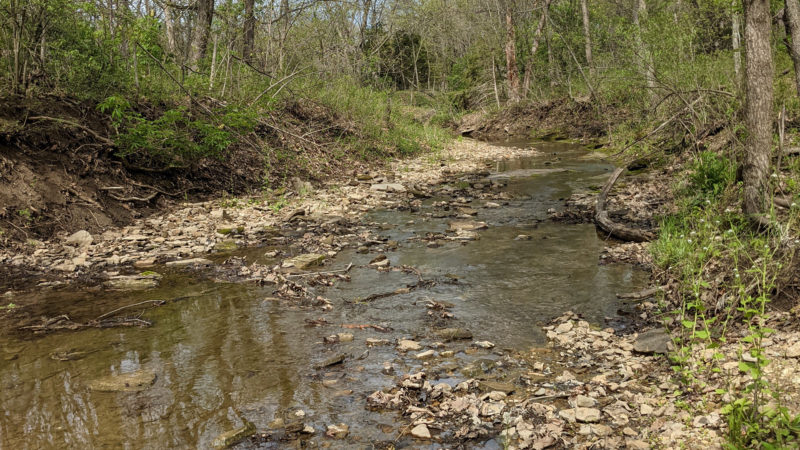
Speaking of bedding, while some mature bucks have been sleeping closer to food sources, expect them to start slinking further back toward better security cover. Crops are coming out, pressure is ramping up, and deer are beginning to head toward those bullet-proof bedding areas that offer the visual, audible and wind advantages that keep them alive. So, either find a way to get in there and get it done, or pray they make it to a staging area or food source in daylight.
As for connecting the dots, rubs are best for that. It tells you what routes deer are commonly taking, especially if there are entire rub lines, and not just random singles. Remember, pay attention to which way the rub’s faces are oriented. It means something if all of them face the same direction.
For example, if all of the rub faces (exposed trunk) point toward thick cover (bedding areas), that’s probably how deer leave their beds of an afternoon and head toward the feed. If all of the rubs point away from the thick bedding cover, that’s probably the return trip back to their daytime haunt. This isn’t always true, but it’s a good rule of thumb.
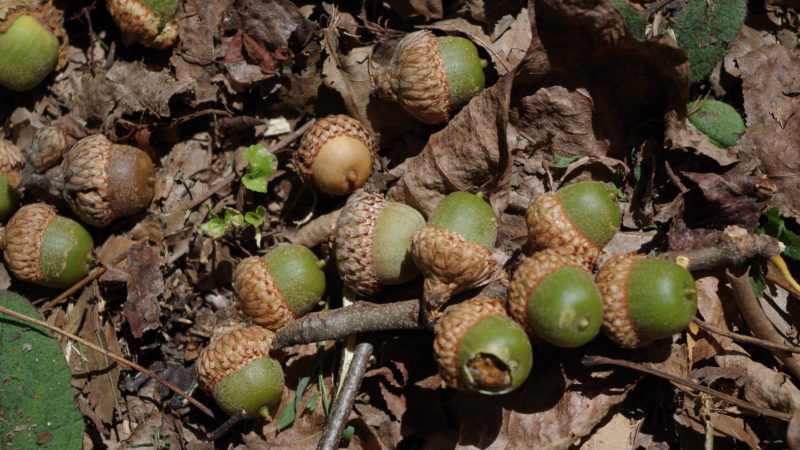
Scrapes are solid indicators, too. These too can be used for establishing lines of movement, especially when mapped alongside rubs, tracks and trails.
The moral of the story: Regardless of everything else, you have to be along a deer’s preferred route to kill it. Use everything you can to establish these lines of traffic, and then set up along those. Whether or not you set up shop on food sources, water sources, staging areas, or edges of bedding areas is only a matter of aggressiveness, which is always best determined by weighing risks vs. rewards. Nonetheless, regardless of what you do, you’re still setting up downwind of that preferred line of travel.
Pivot with Behavioral Shifts
As with any phase of deer season, it’s all about shifting with the times. When food sources change, patterns change. As the season progresses, preferred bedding areas oftentimes differ.
When hunting pressure mounts, you guessed it, deer change their behavior. It’s important to not only change with them, but anticipate it and stay a step ahead. That’s really hard to do, but an important skill to master.
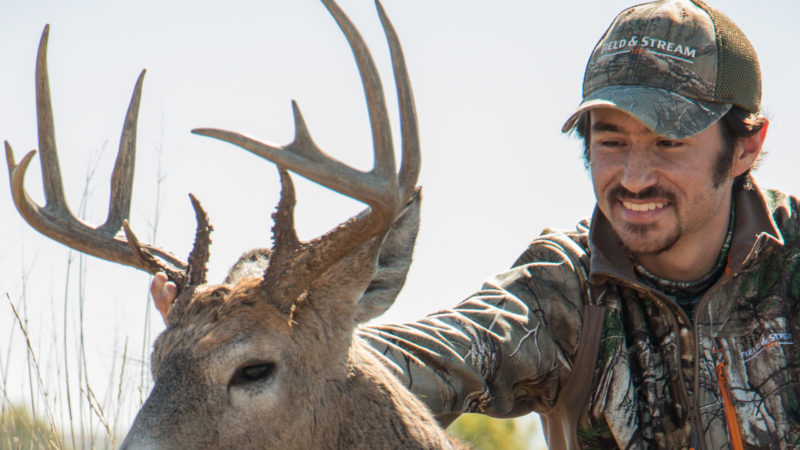
Broad-brush concepts aside, don’t be afraid to use that grunt tube. If a deer is just out of range, or going the opposite way, gauge its receptiveness and throw some vocalizations at it. Start out more passive with a social grunt or two. Then, slowly graduate to more aggressive stuff such as snort wheezes, rattling, etc.
Decoys are also good. These can really tick off a mature deer, and October is a fine time to do it. I prefer a small-bodied buck decoy with a decent rack on it. This shouldn’t intimidate most target bucks, but might draw one in for a fight. Where legal, don’t be afraid to use some buck urine on that thing, either.
Final Thoughts
Tactics aside, look for your best windows for success. High-odds days seem to have the power to get deer up earlier, and on their feet longer during daylight hours. Weather fronts, temperature drops, high barometric pressure, rain events, and other factors tend to kick deer in gear.
As for timing, afternoons are still best until late October, but if you have a morning pattern on a target, or if a stand location historically produces of a morning this time of year, don’t overlook the a.m. sit.
Finally, don’t ignore historical knowledge, either. Knowing what a deer did at a certain point last year is oftentimes applicable exactly one year later. Again, it’s all about staying ahead of the curve, and arrowing that pre-rut buck before does start making it do stupid things.

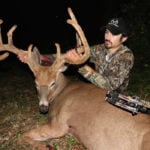 By
By 